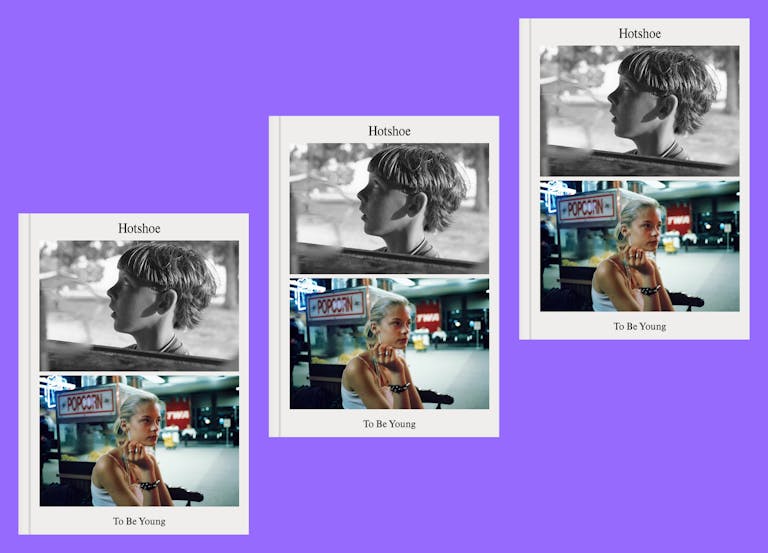Magazines in a time of coronavirus: Flaneur

Over the past few weeks we’ve been asking the editors of our favourite magazines to tell us what’s bringing them hope. Touch feels more important now it carries the risk of contagion and tactility has been a theme for the editors we’ve spoken to; we’ve had a teddy bear, a rug, a postcard and a video game console. But for our final piece in the series, Fabian Saul of Flaneur — which won Magazine of the Year at the 2019 Stack Awards — has chosen something more abstract. Below, Fabian tells us why he’s spent lockdown looking out of the window:
“Mundane architecture is something we usually don’t question: you look out of the window at the buildings that surround you and they seem inevitable. But once you dive a little deeper into city planning, you realise that architecture is one of the great disciplines of fiction. The way that we build our environments defines the kind of societies we live in. We are often unconsciously obeying rules that are set out for us by the city’s flat plan, without reflecting on them. The structure of the city around us defines what we can and can’t do with our bodies in public space — which is the ultimate political question — because it’s in public space that we become visible to one another.
One word that I keep hearing these days is ‘unreal’ or ‘surreal’. This feeling of ‘unrealness’ shows how fragile the collective imagination of the ‘real’ is; how quickly our reality can change. I’ve become obsessed with windows during this time, because I think the act of looking out of the window is key to how we moderate our relationship with the world. It can lead us towards understanding something that was true before corona and will be true afterwards: the realities we are living in are fabricated and manufactured. The architecture is part of that fiction: it represents just one of the possible worlds that we could be living in.
The window in the picture I’ve chosen is a still from Maya Deren’s film Meshes of the Afternoon, which is particularly evocative of all this because she uses the window to blur the boundary between reality and dream. Hope can only emerge from a critical reading of the world that surrounds us. That is, the world that came before us. To read these traces can enable us to project into the future; to remain critical yet hopeful.”






